If you're like most of us, you begin to collect materials a little at a time based on the patterns you want to tie. This takes time & if you should find a pattern that calls for something you don't have, then you'll be making another trip to the fly shop soon.
But some of us don't have a fully stocked fly shop just up the road. Those folks usually order their supplies through the mail. These days, with the cost of shipping, it isn't feasible to place an order for only a small pack of fur. You need to order more stuff to justify the shipping costs & to pay less in shipping. So what to do? At best you might be guessing what you'll need in the future & that might end up with you collecting a bunch of material you'll never use. That's wasted money.
So, if you're a beginning fly tier & wondering what you might need in way of supplies (now that you've exhausted your beginner's kit), here's a list of some basic materials that every fly tier should have on hand:
-Wet / nymph: #12 - #16
-Dry: #14 & #16
-Streamer: #8 & #6
Materials:
-soft hackle feathers in black, brown, & partridge.
-black marabou feathers
-animal hair: elk, buck tail, & white calf body hair.
-body material: dubbing in both natural & colors of green, grey & brown
-peacock herl
-chenille in black, green, & brown
-gold & silver tinsel, both round & flat.
-pheasant tail feathers (these are used in many ways)
-dry fly hackle: in grizzly & brown colors, sizes #14 & 16.
This list also assumes that you've got all the basic tools you need to tie flies like a vise, bobbin, scissors, thread, etc. Most kits come with all these tools anyway. The only upgrade you might want to make to your tools would be to get a new vise, as some kits don't include the best of vises. Now you don't need a fancy rotary vise with all the attachments. Those are nice, but you don't need them. In fact, I've been using my same old, simply designed Thompson vise for decades. It's basic, well built, economical, & serves me just fine.
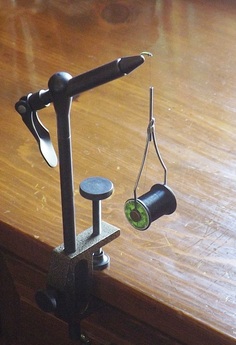
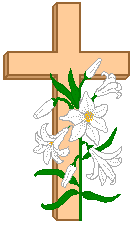
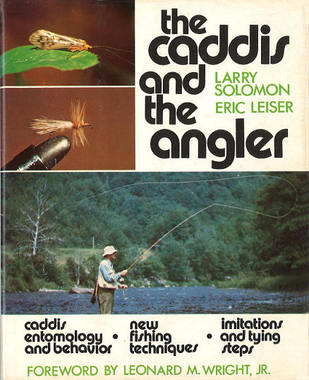
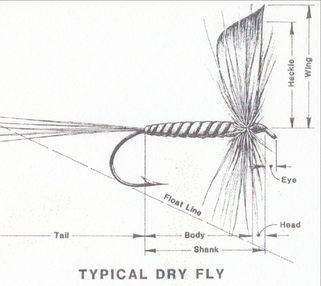
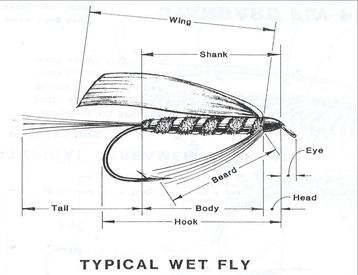
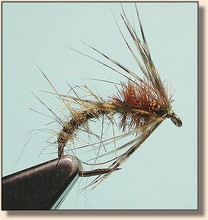
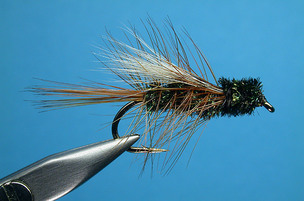
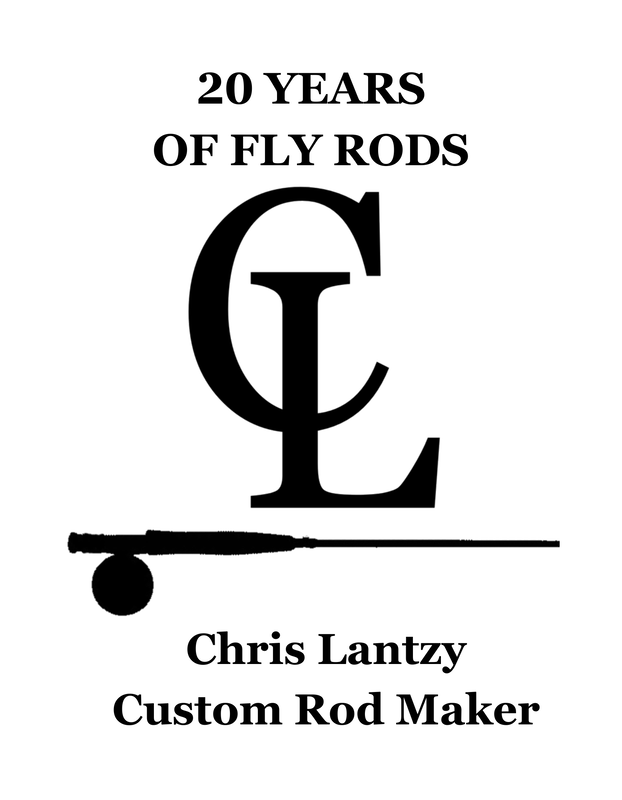
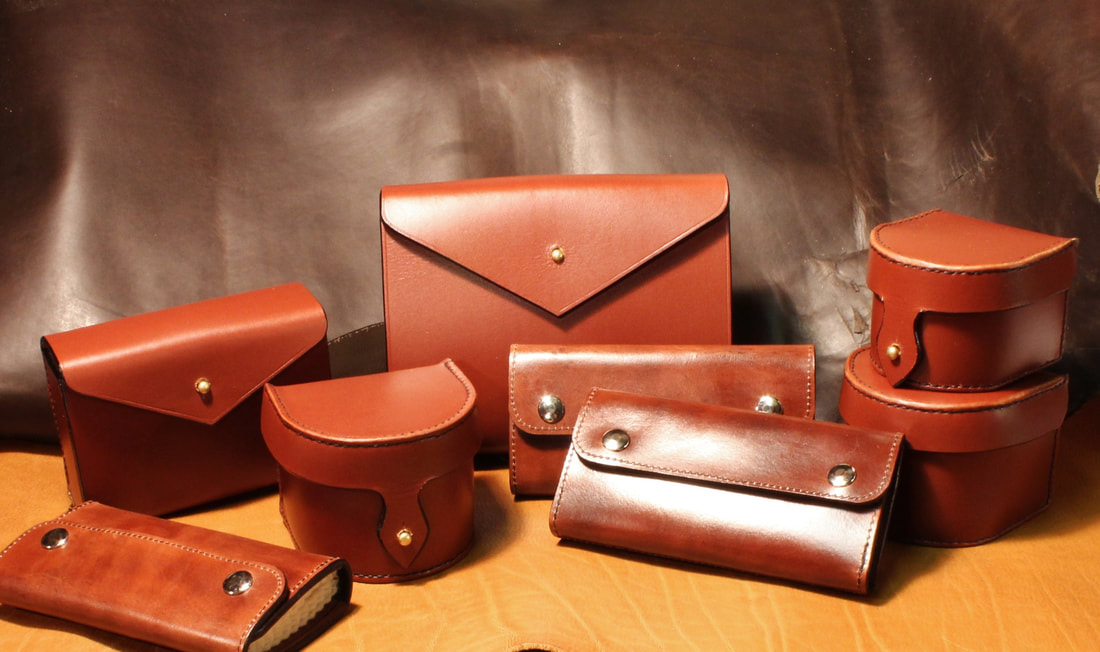

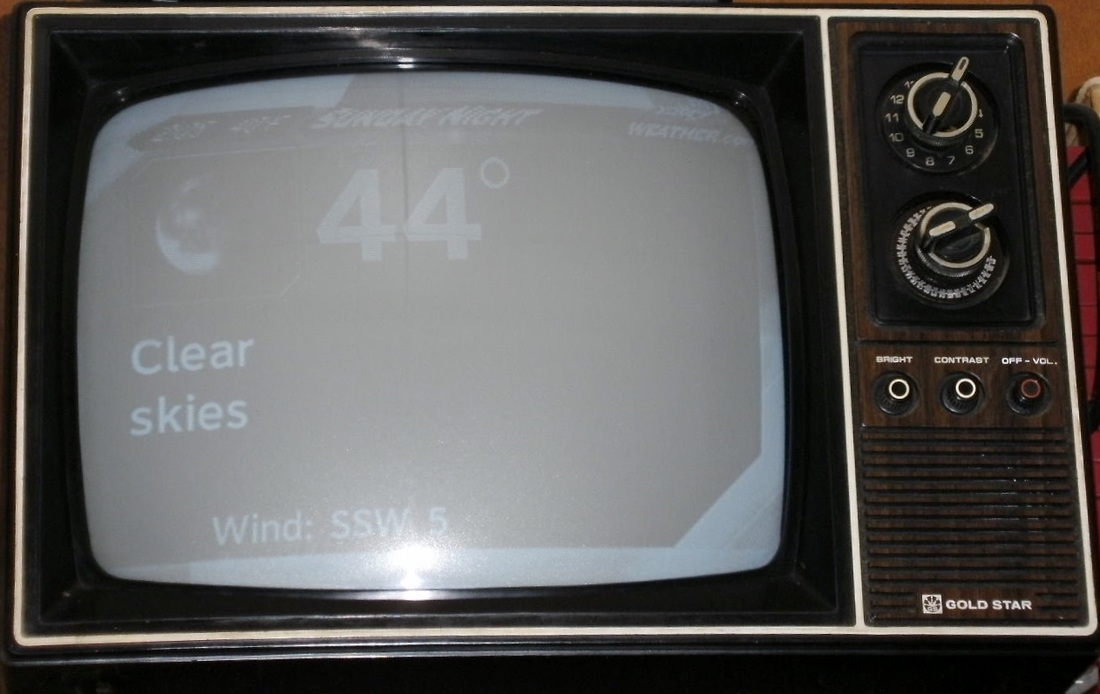
 RSS Feed
RSS Feed
